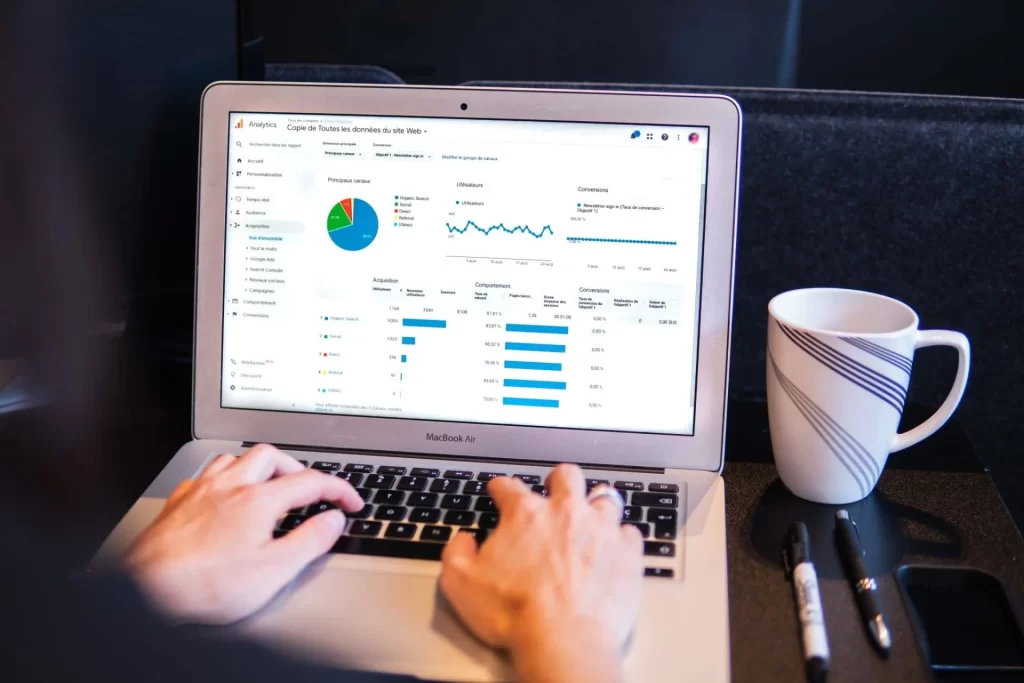SEO done correctly helps your product page reach the top of Google’s search results pages. And that’s where you want to be! You‘ll get the leads you want, and be able to convert them to paying customers. To do that, find SEO services Melbourne experts provide to ensure you stay one step ahead of the pack.
Along with the experts you can follow these tips to ensure your pages get exceptional traction.
Dos
Create a Keyword Strategy
You need a strong keyword strategy. Focus on product-focused topics. Where you have paid search, use high conversion ads to convert to product meta descriptions.
Also optimise your landing pages for customer purchases.
Learn more about how to do keyword research for your e-commerce website.
Write Distinctive Product Descriptions
Make sure the description you write for each product is completely unique. Don’t write the same description for all products and their Meta description. Each product can aim for keywords with specific information that will encourage buyers to click on your page—and then purchase.

Optimise Titles and Meta Descriptions
Make sure your title and Meta description include the brand of the product, the name, model, size, colour and other relevant details. Include structured data—that is, reviews and price. This will drive up the CTR (click through rate) and number of purchases.
Add a Section on FAQs
It’s best to add questions about the product on your page, or people will go to user-generated sites. You want to keep the customer on your page, so make sure you add lots of common answers to questions right there on each product page.
Show Real Reviews
You want to keep your review section real, rather than paying for reviews, and you definitely want to showcase real people using your product. Product pages with reviews convert 58% more visitors, so they’re a valuable asset.
People pay attention to what other people say, so it’s best to keep it genuine. Reviews help build trust. Also, people will very quickly pick up on fake reviews, and you’ll then have significant problems to save your reputation and secure sales.
Google also loves unique content, and reviews are unique, so it’s a win in many ways.

Test Landing Pages
There are ways to evaluate your product landing pages with apps like Google Optimise. You can assess for different variations of your page, to know what works best. One of the most important tests is where to place your Call-to-Action button, so do that with each product, even if similar to others.
Ensure Quick Web Page Load Time
You want to make sure that all your product pages load quickly. The maximum time customers should be waiting is 3 seconds, otherwise they’re gone. You can do this using CSS sprites, which load all your images as though they’re one image.
Make Sure Your Product Pages Have No Tech Issues
Your product pages should not have any technical glitches, duplicate content or broken links. So, look for 404 pages or 302 redirects, and put in structured data.
Add High-Quality Images and Videos
The last thing you want is for your images and videos to put people off your site. And pixelated imagery can quickly do that. So, make sure the quality of all items is superb, not just good.

Don’ts
Don’t Remove Out of Stock Pages
When your product is out of stock, don’t remove the page. The reason for this is that customers will want to know your full range of stock. It also causes issues with Google search. So, if your stock has run out, simply add a date when you expect it back.
Don’t Remove Seasonal Pages
Your seasonal page gets a ranking on using it once. Even if it’s not going to be in use for most of the year, rather keep it up so that you don’t have to start all your hard work from scratch.
Don’t Automate Optimisation
Optimisations should be custom-made, not automatic. You need to include other information in the title and description than the product name and brand. This will give you a greater ranking for your product listing on search engines.
Learn more about the optimisations you should be doing for your e-commerce website.
Don’t Forget Calls to Action
Always remember CTA buttons. You don’t want people looking elsewhere for their products because they can’t find out how to buy their product. And the CTAs much be very strong, to prompt action.
Don’t Miss Opportunities to Link
Use every opportunity you can get to backlink or to create internal links. It’s not just the home page that needs links, but product pages as well. These pages will rank on search engines because they have long-tailed keywords.

Don’t Forget Mobile Optimisation
It’s very important that your site is optimised for mobile. Many people shop on their smartphones, and they want to be able to access all the products easily and without hassle such as tricky navigation.
In Conclusion
Maximising your product pages us a priority for anyone in ecommerce. Our Digital Insider team can assist and get you the traction you’re after. Talk to us today on 0459 845 633 or request your strategy online.
